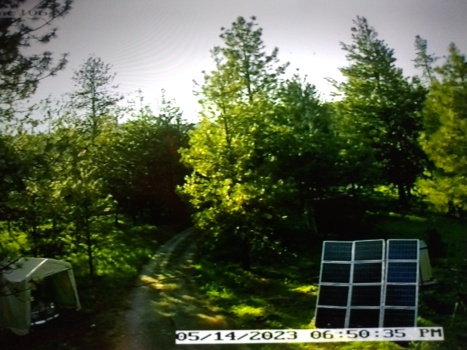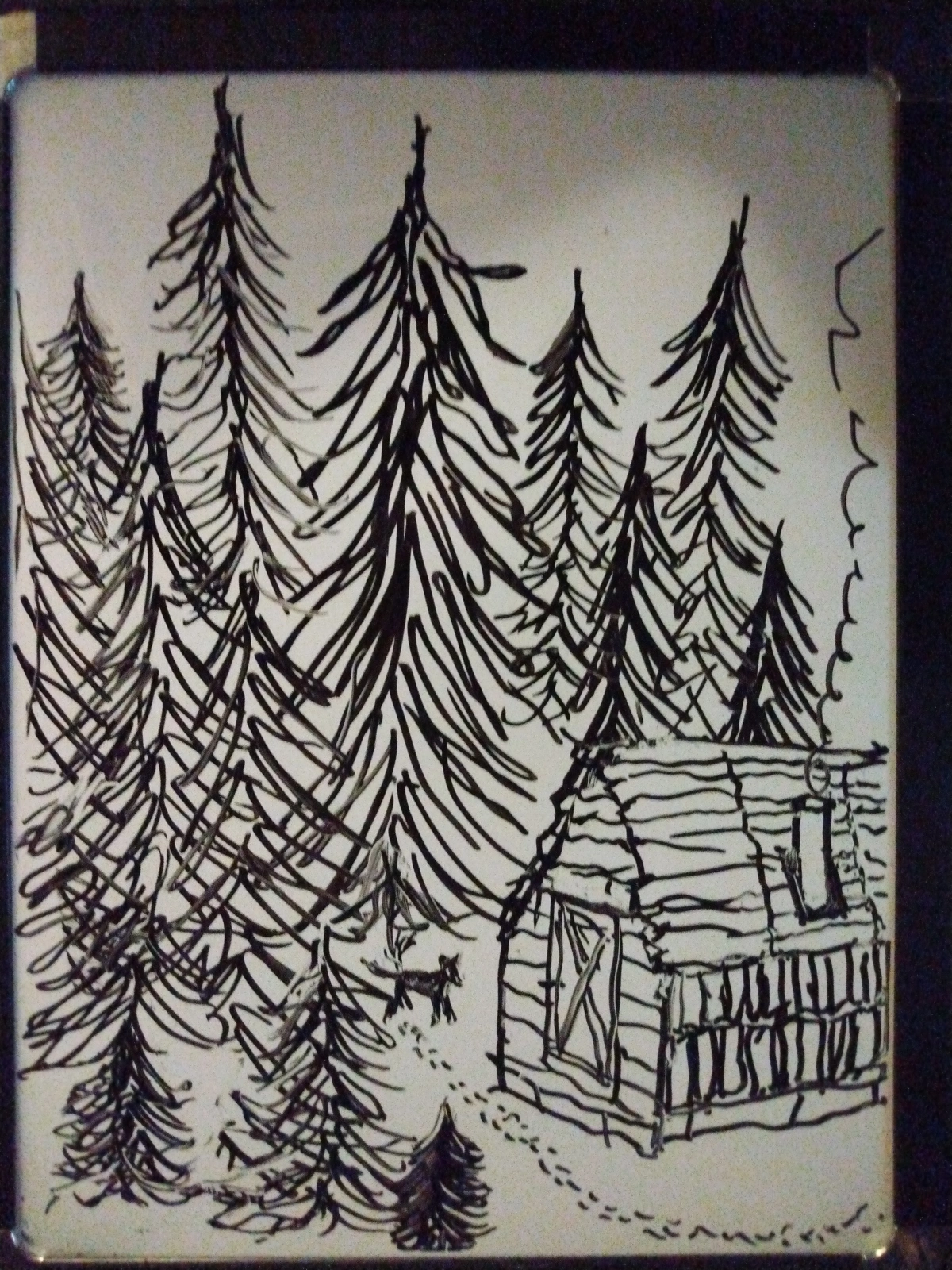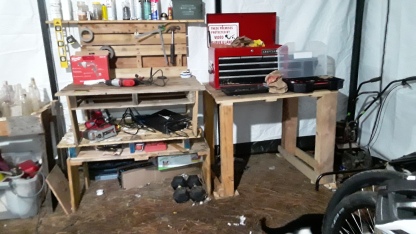I am the queen of imperfection and soap making is no exception.
I’ve made homemade coconut oil soap before and the measurements and timing are really important. Mixing too.
I used my food processor and discovered how much you try to cram into it matters.
I don’t do this too often so I watched a video on the subject by a woman whom I’m now blaming for the disaster that ensued. Doesn’t matter that I didn’t follow the instructions.
I’m jealous because she built a log cabin by herself and she has her own Youtube channel.
She made the measuring easier by using an entire 54 oz. bottle of the oil, adjusting the measurements for the other ingredients accordingly. “Great”, I thought, as I dug fifty bowls and utensils out, my alcohol inks (for color), my essential rose oil, a scale, a thermometer – and my beloved food processor for mixing.
The normally solid coconut oil was already in liquid form from the heat so I wasted no time and poured the entire container into the mixer.
Then oil started seeping out of the machine.
I’d clearly overfilled it and it was leaking through the blade attachment. I thought fast and poured it into the container that was resting on the scale, zeroed out to measure the lye. In the process, oil slopped all over the place so I put the mixer container in the sink and grabbed the bowl that was on the scale to dump back into the original bottle.
Unfortunately, the oil had stuck the scale onto the bottom of the bowl, releasing it into the sink full of water at just the right moment.
I swiped it out, grabbed a rag, and began the cleanup.
Because our RV isn’t perfectly level (a sheer pin in one of the hydraulic jacks sheered off before we could finish the job and I’ve lived with the fact that in our bathroom anything that rolls, will head west when placed on the counter), the coconut oil also headed west.
It was on its way to the edge of the counter so I hit the most threatened areas first then turned my attention back to the motor unit of the food processor. I sopped up the pool in the tray on top, wiped off the suction cups on the bottom and put it aside while I finished cleaning the counters.
I scraped wave after wave of the skin conditioning, nutty smelling stuff into the sink and down the drain. I figure I lost about a third of the container.
I again picked up the motor unit and noticed a huge puddle of the viscous liquid on the counter I’d just cleaned. Upon holding the gadget above my head, I spied oil coming out of the motor compartment.
So long food processor.
You can actually dry some electrical components out but I’m not taking a chance with this one.
I put the fifty bowls, utensils, alcohol inks, the scale with the now-cloudy digital readout, the essential rose oil, and thermometer away but the food processor unit is now sitting in the hot sun, still oozing – destined for the garbage can.
The moral of my story? Life ain’t perfect but at least my hands are soft.
















 I hit the town woodpile again looking for matching pieces because now I had a color scheme: Lincoln Log green and brown. Six cans of paint later (with red added because the brown was out), the cabin was starting to look like – a cabin.
I hit the town woodpile again looking for matching pieces because now I had a color scheme: Lincoln Log green and brown. Six cans of paint later (with red added because the brown was out), the cabin was starting to look like – a cabin.




























